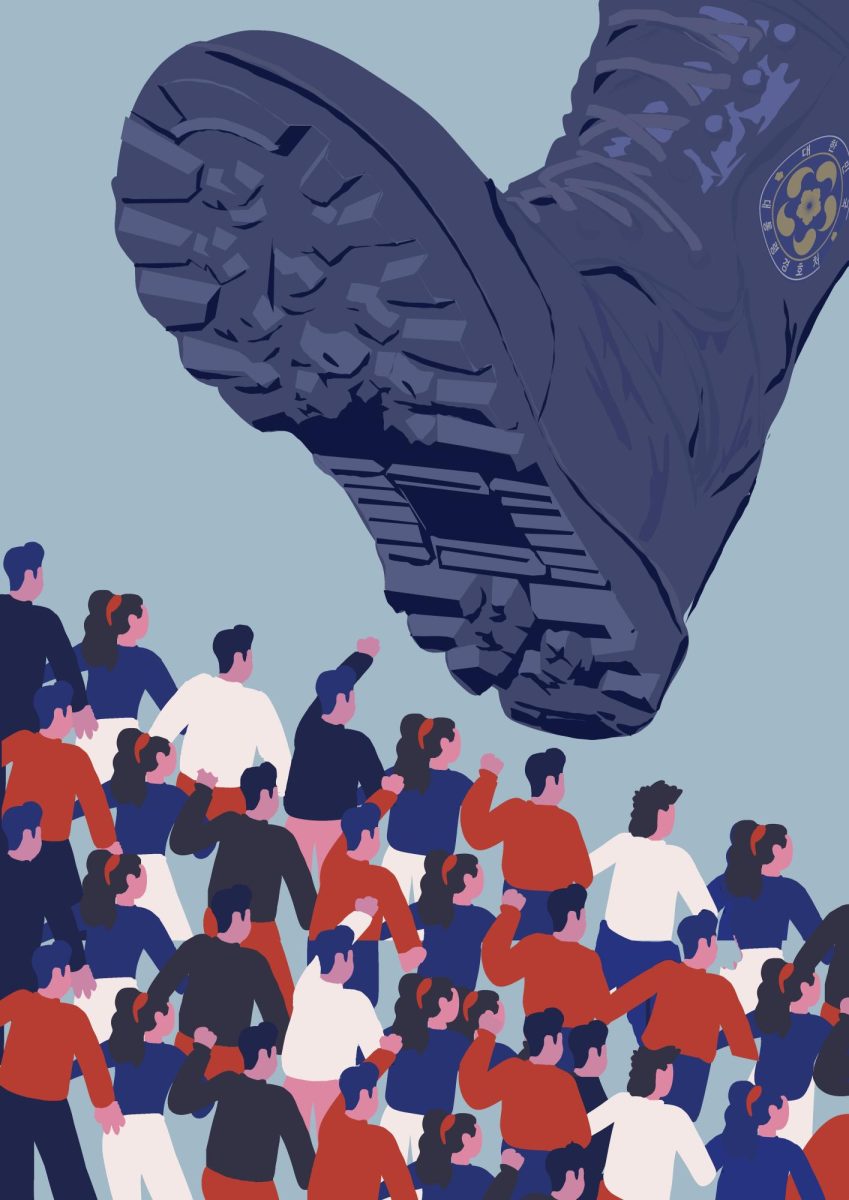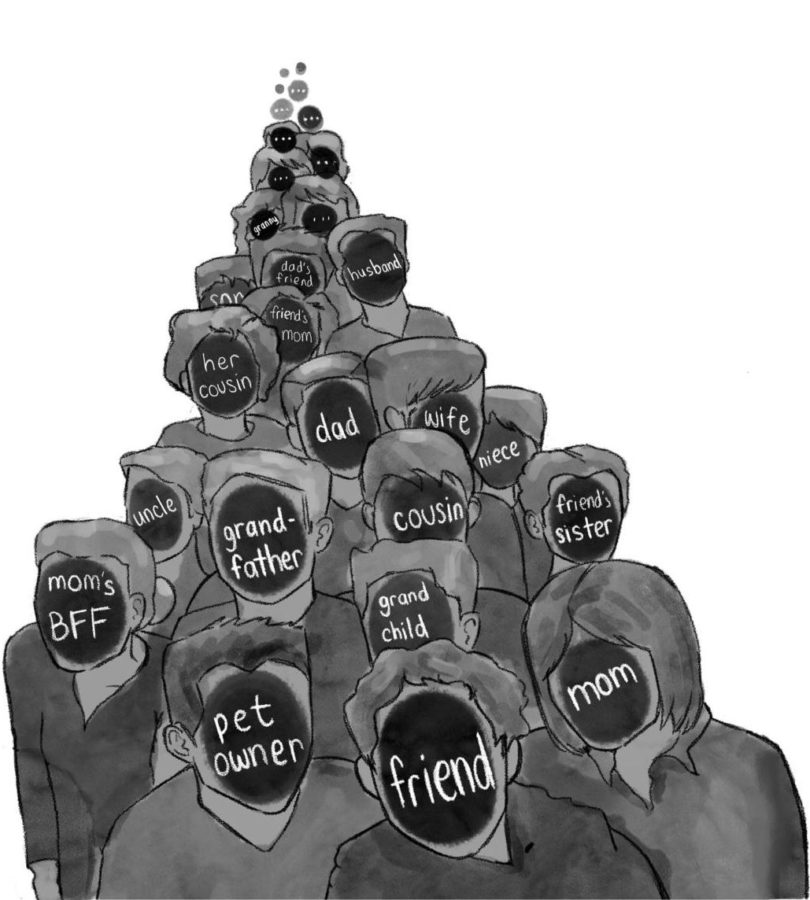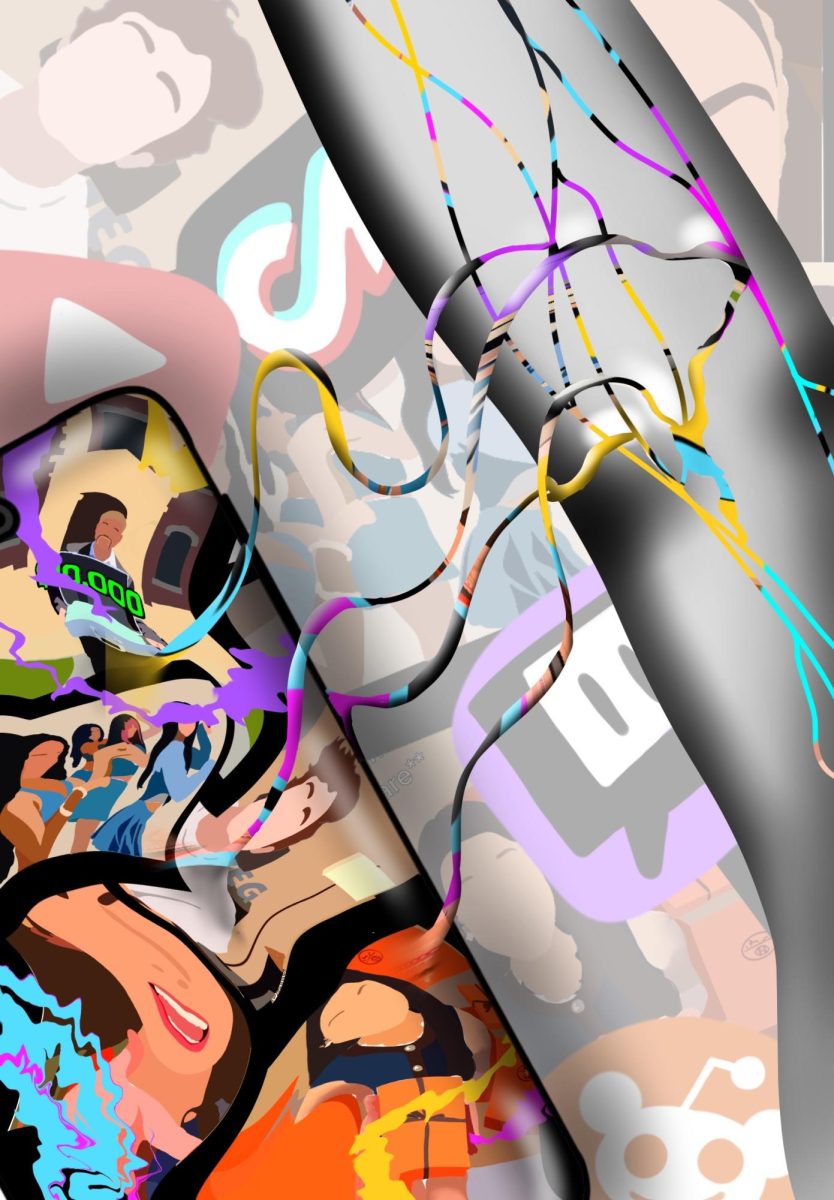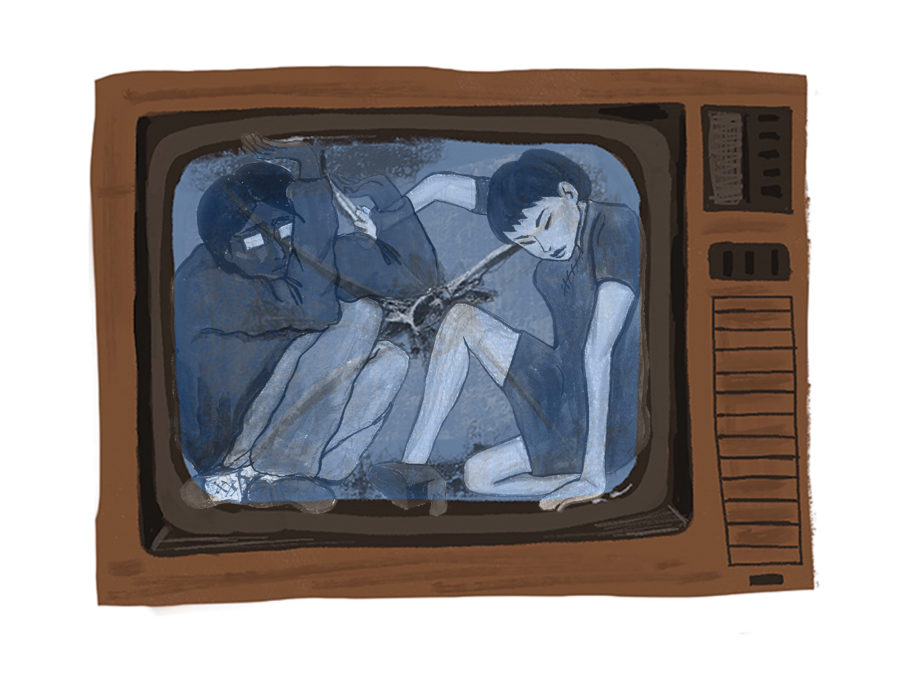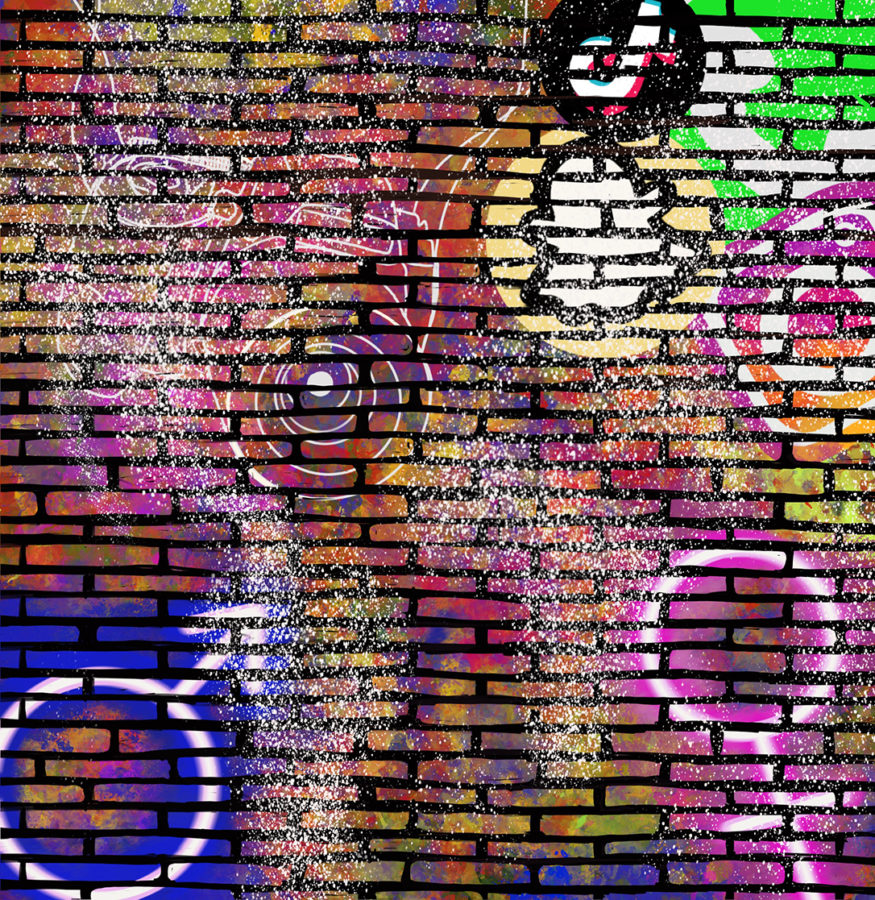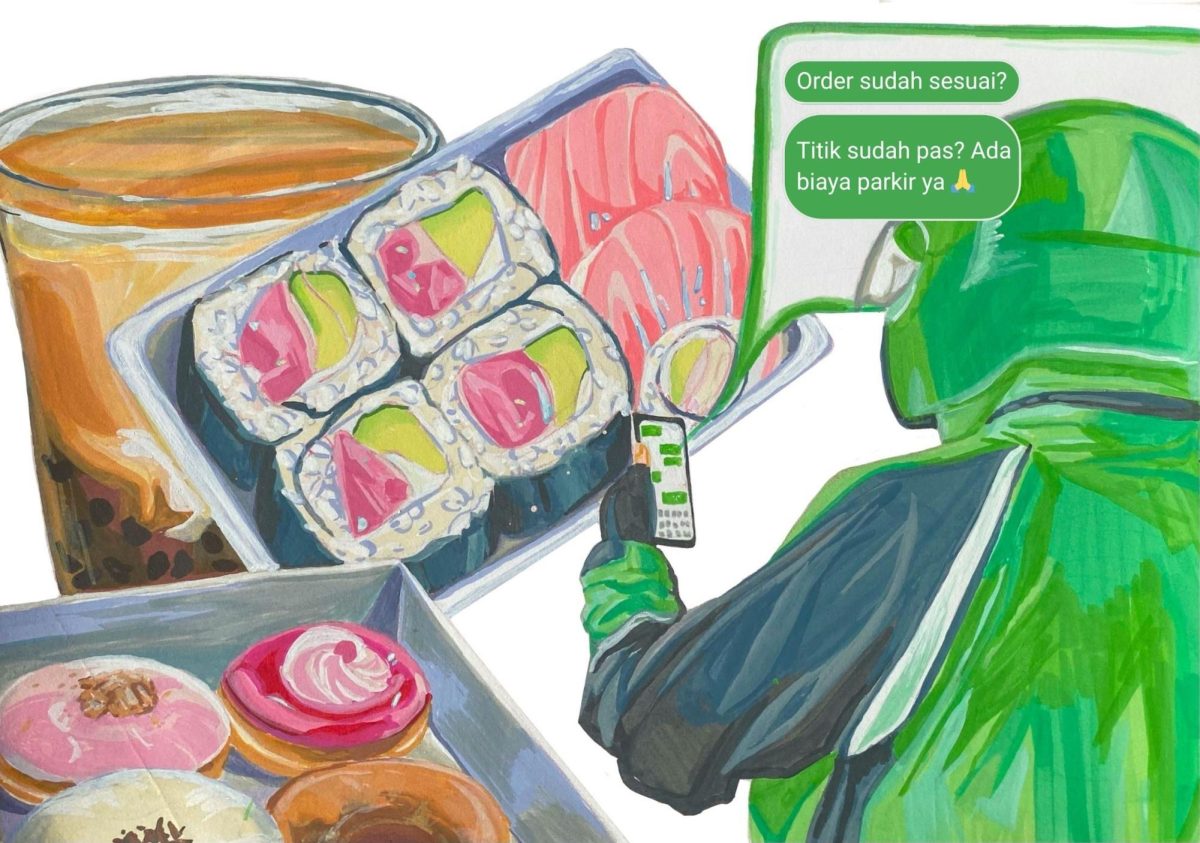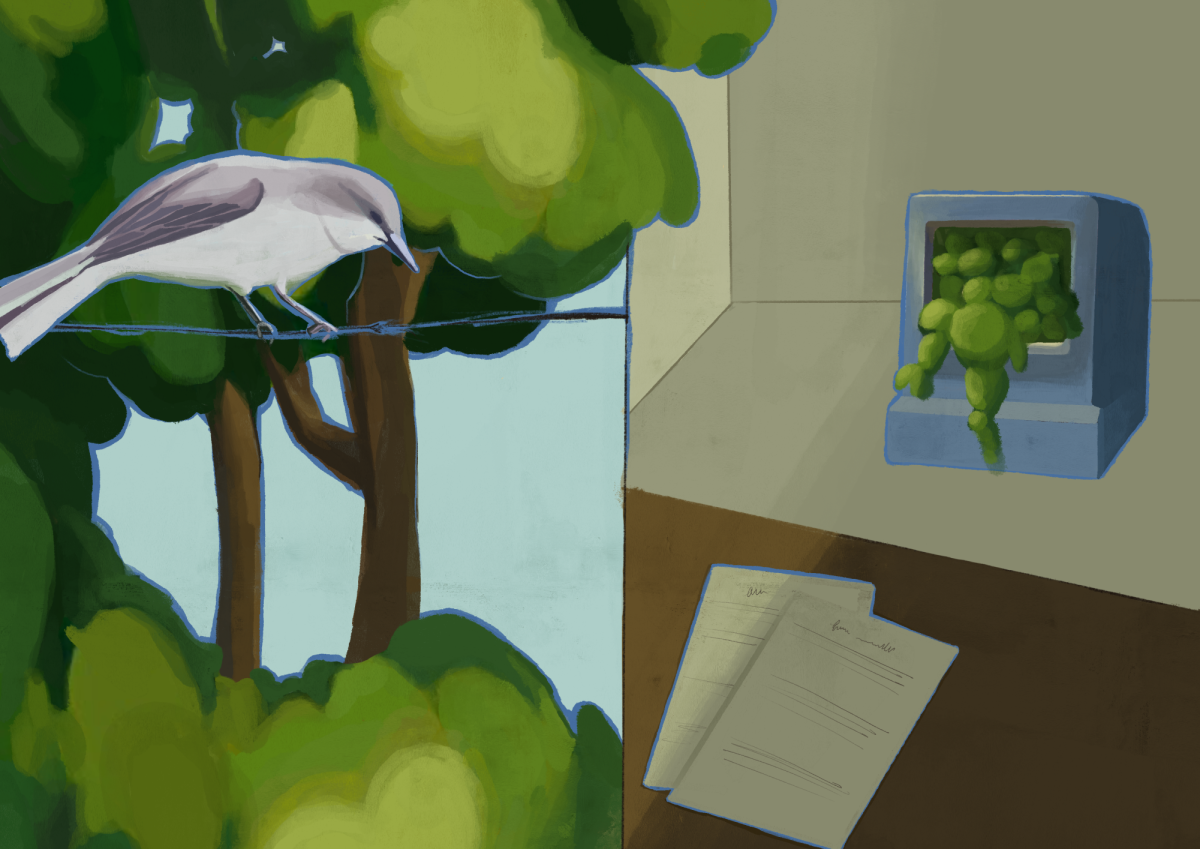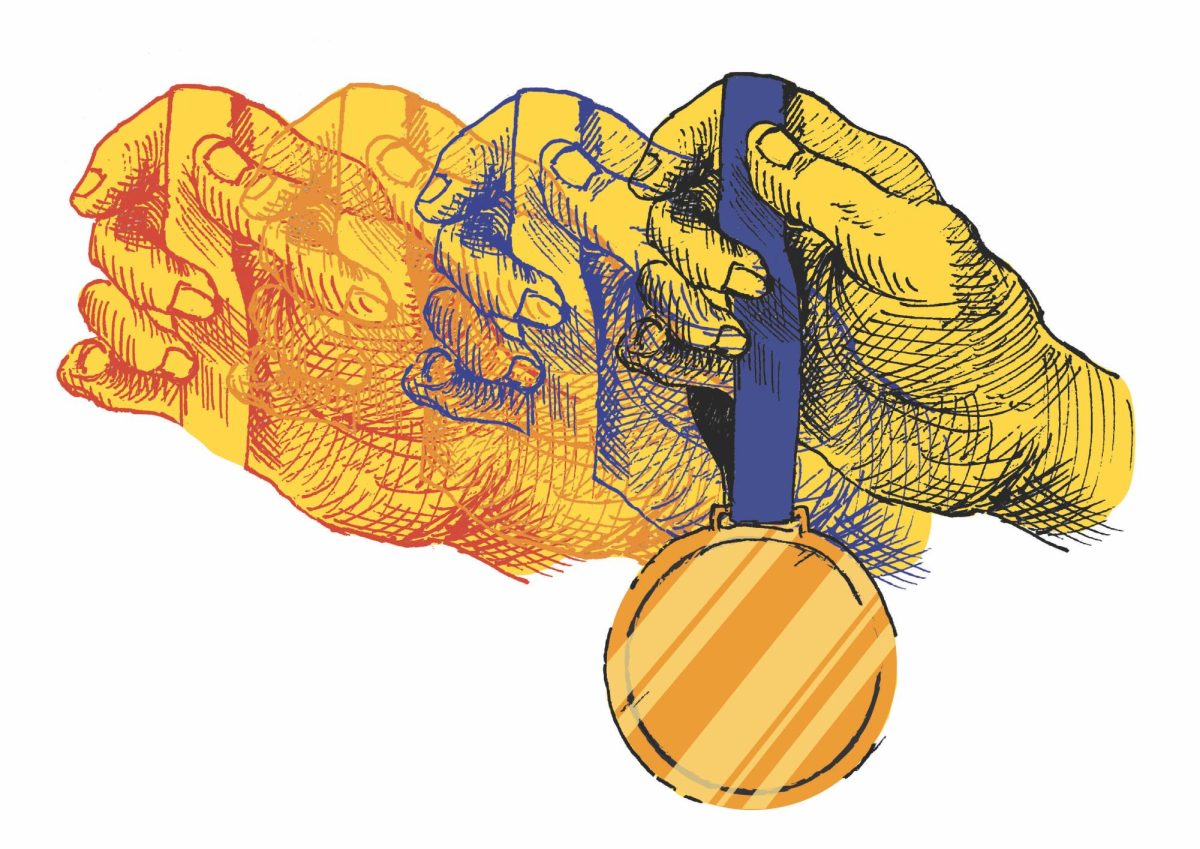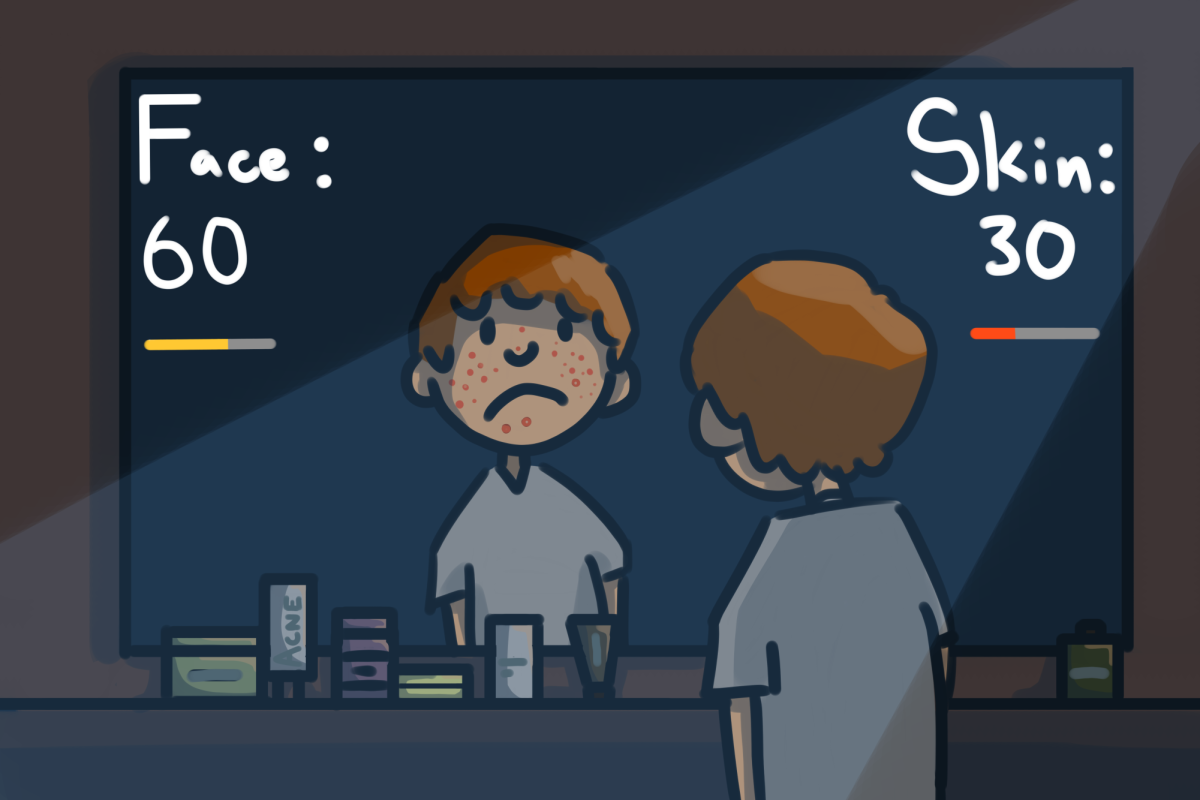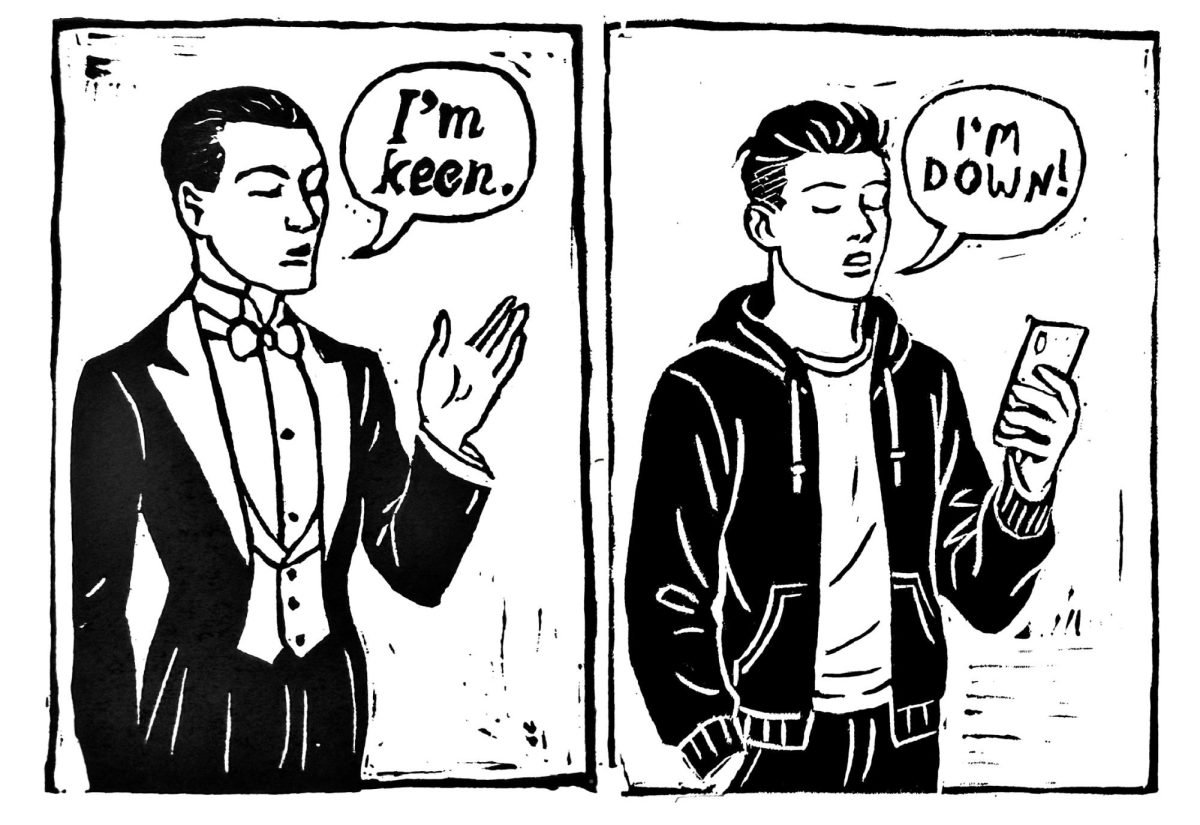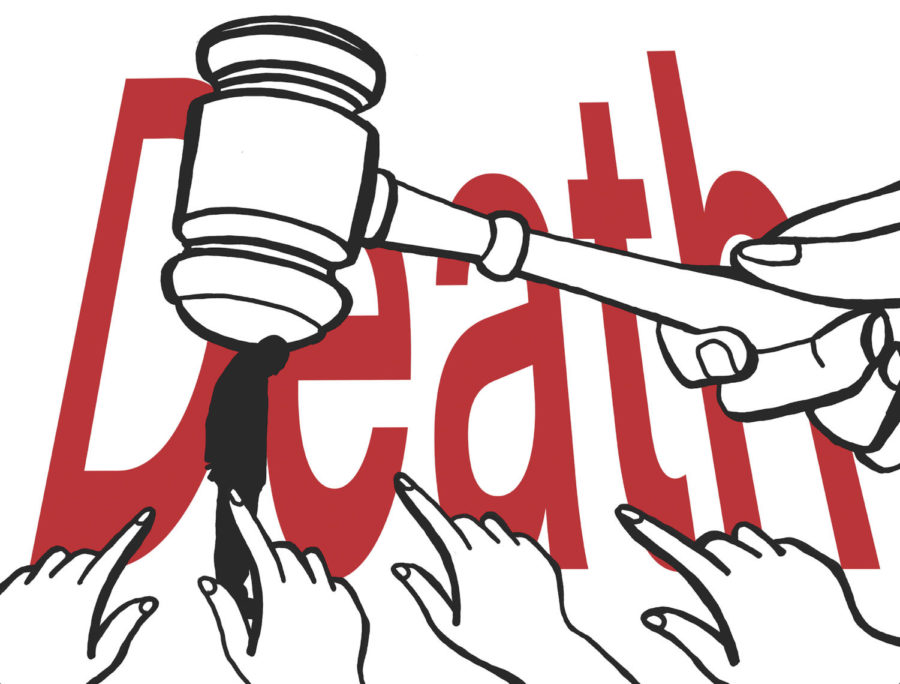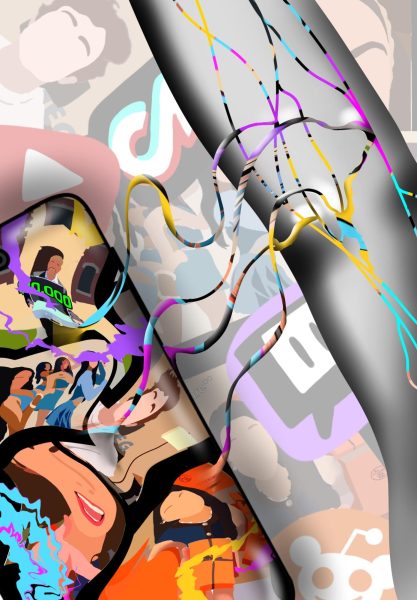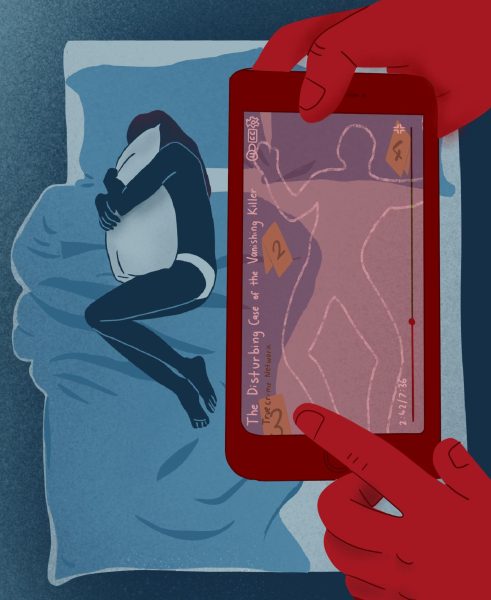The Death Penalty
What I Think: Unnecessary, unjustified, and unfair.
The death penalty as employed in the American justice system has long been a topic of controversy. This punishment is as nuanced as it is complicated. Every person has their own opinions on capital punishment, hinging on their individual moral compasses and experiences that shape their answer to the question: should the death penalty exist? Upon taking a critical look at the intentions and implications of the death penalty, a “correct” answer is clear: capital punishment is as unnecessary as it is harmful.
Intentions and Ineffectiveness
There are three primary reasons one may support the death penalty:
- Poetic justice: punishing capital offenders with a consequence of equal severity.
- Deterrence: discouraging similar crimes by making an example of a capital offender.
- Scarcity: saving more resources by executing a capital offender rather than sentencing them to life in prison.
Recognize that none of these are effective. In some cases, capital punishment may do the exact opposite of what it is meant to.
First and foremost, the death penalty, as an instrument of poetic justice, does not deter capital crime; states that practice capital punishment do not have lower crime rates. There is, however, a negative correlation between these two factors, suggesting capital punishment encourages manslaughter by propagating death as a solution. The states with the most number of law enforcement deaths are the states that contribute the most to the country’s executions. According to the Death Penalty Information Center, these states are California, Texas, and Florida. The states with the highest number of inmates on death row, the most executions from 1976 onwards, and the highest number of both, respectively. When the states most active with the death penalty have the most law enforcement deaths, it becomes clear that punishing a capital crime with violence of equal severity normalizes it rather than discourages it.
Furthermore, those who support this punishment with scarcity in mind often fail to account for the less measurable resources: time and effort. According to the Statista Department of Research, an average of almost two decades elapse between the date of a defendant’s sentencing and execution. That is two decades that could have instead been used to ensure the fair evaluation of a case or working on other cases.
The intentional death of an individual should be considered only as a final resort, a decision without flawed judgment or reasoning, one that is absolutely essential. Yet, the death penalty does not effectively fulfill any of its intentions. If capital punishment is ineffective, why does it continue to take the lives of inmates?
Additionally, the constitution deems any manslaughter (regardless of intent, meditation, and degree) a crime. If a civilian kills individuals they deem guilty of their own standard with similar intentions to the death penalty (poetic justice, deterrence, and scarcity), it is a capital offense and serial murder. However, if the courts execute civilians it is the death penalty. Is there any real difference between the two?
Exacerbated Inequality
The greatest flaw with the death penalty lies in the bias within the American justice system, whether through discrimination from members of the justice system or circumstantial disadvantages
These disadvantages are augmented by capital punishment. According to the American Civil Liberties Union, 9 out of every 10 defendants sentenced to death row could not afford lawyers at the time of their trials. In most cases, one’s sentence is fundamentally decided by their ability to afford a competent legal defense, placing those of lower incomes or in poverty at an even greater disadvantage.
Equally prevalent in a suspect’s evaluation is discrimination; the people most affected by this are Black American people. According to the U.S. Department of Health and Human Services Office of Minority Health, black people comprise one-tenth of the American population. Yet, they comprise 34% of American executions from 1976 onwards and 53% of death row inmates. These percentages are indicative of prominent systemic racism. This discrimination is so influential that 103 black people have been posthumously exonerated, their innocence recognized after having died erroneously guilty in an incompetent justice system. How many more black people are going to die for the color of their skin?
The death penalty does not satiate any of its intentions. Instead, it fails as an agent of justice and succeeds as an agent of bias. Still, capital punishment continues to be implemented in many states; does the American justice system value a guise of justice more than the persecution of innocents?
Alexandra, or as her friends call her, Alexa, had a very rocky start in journalism. She struggled and made many mistakes, always dramatic but never drastic,...
Staying awake late into the night at the expense of sleep, Diego has always had a great passion for conveying his interpretations and visions through art....

